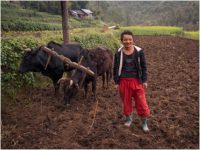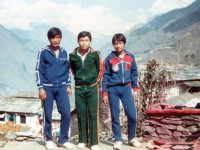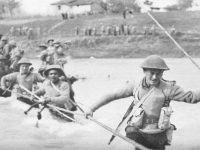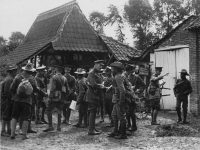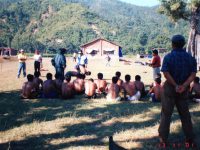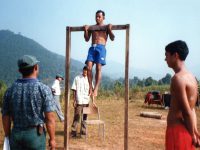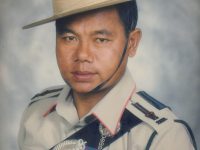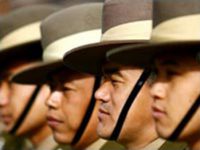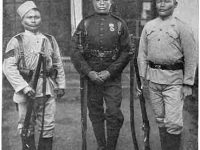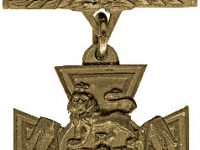Gurkha History

Who are the Gurkhas?
The history of Gurkha soldiers, who have served with the British and Indian armies for two centuries, can be traced back to the district of Gorkha near the epicenter of the devastating earthquake that struck Nepal on 25th April 2015.
‘Gurkha’ is a term that refers to Gurkha soldiers from Nepal who have served or are serving in the British Army. Gurkhas have been part of the British Army since 1815.
Where do they come from?
Gurkhas come from Nepal, a landlocked country with China to the North and India to the South. Nepal is also famous for being the home of Mount Everest and the birthplace of Buddha.
Traditionally Gurkhas were recruited from four ethnic groups in Nepal: the Gurungs and Magars from central Nepal and the Rais and Limbus from eastern Nepal. Nowadays, Gurkhas come from all parts of Nepal to join the British Army but the majority of recruits are still predominantly from these four ethnic groups.
Gurkhas keep their Nepalese customs and beliefs, and the Brigade of Gurkhas follows Nepalese religious festivals such as Dashain and Tihar.
Why are they part of the British Army?
Gurkhas first encountered the British in the Gurkha War of 1814-1816 which ended, not just in stalemate, but with an abiding sense of mutual respect and admiration between the two sides. The Peace Treaty that ended the war enabled Gurkhas to serve in the East India Company’s army which, in turn became part of the British Army.
Since then, the Gurkhas have served all over the world. More than 200,000 fought in the two World Wars and in the past 50 years they have fought with distinction in Hong Kong, Malaysia, Borneo, Cyprus, the Falklands, Kosovo, Sierra Leone, Iraq and Afghanistan.
From a peak of 112,000 men in World War II, the number of serving Gurkhas now stands at around 2,800. They serve in a variety of roles, mainly in the infantry but with significant numbers of engineers, logisticians and signals specialists.
Where does their name come from?
The name ‘Gurkha’ comes from the hill town of Gorkha in central Nepal, from which the Nepalese kingdom expanded.
How are Gurkhas recruited?
It is a huge honour to be a Gurkha in the British Army and every year thousands of young Nepalese men compete for around 126 places. The selection process has been described as one of the toughest in the world. As well as being tested on English language and mathematical skills, recruits also have to complete the famous Doko physical challenge – a 40 minute 5km uphill race carrying a doko basket weighing 25kgs. Only the best get selected to be a Gurkha!
What is a Khukri?
A Khukri or Khukuri is the national knife of Nepal. This 18 inch curved knife is used for everyday tasks such as chopping wood and cutting grass. It is used for ceremonial purposes, where it is offered to God as a blessing.
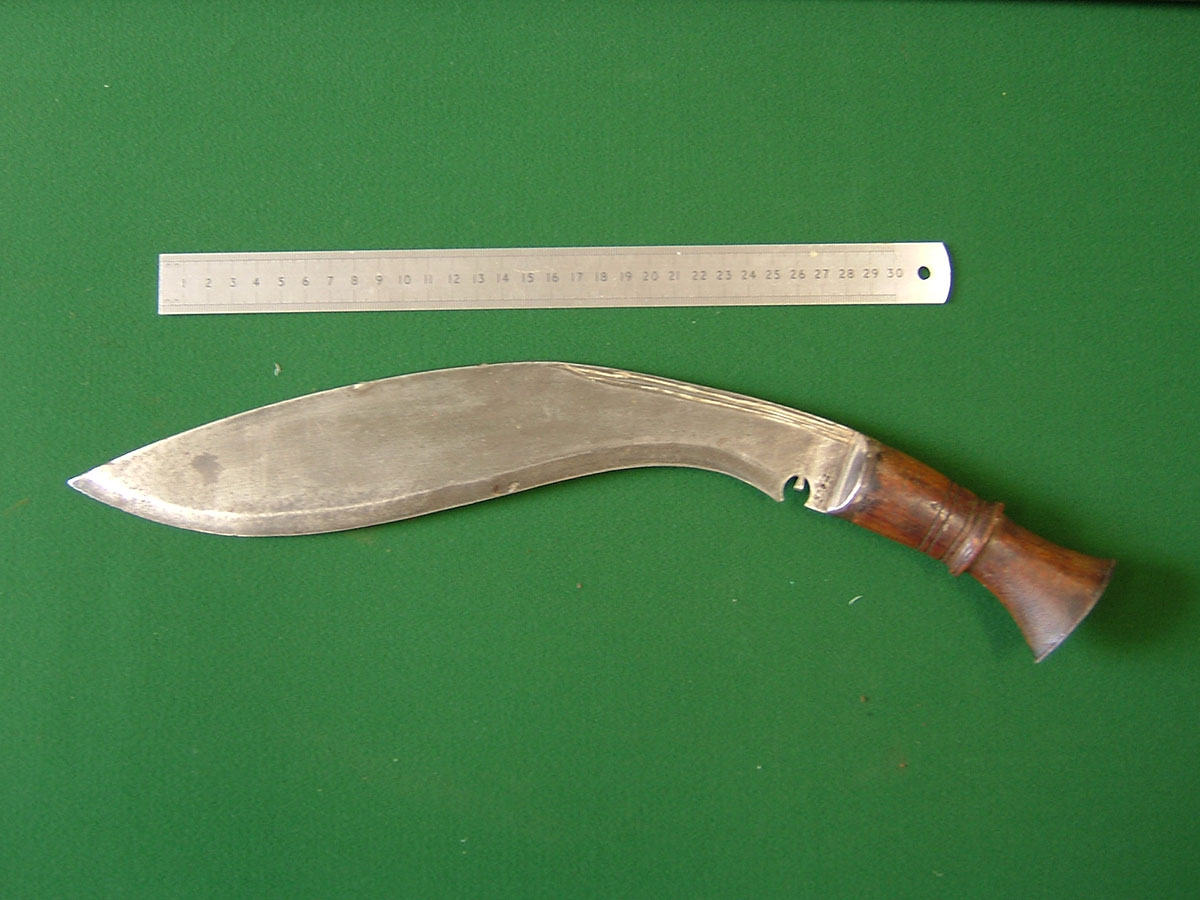
In the Army, the Khukri traditionally formed part of the Gurkhas’ weaponry. Nowadays, however, it is rarely used in combat and is mainly restricted to ceremonial use. In the past it is said that once a Khukri was drawn in battle it had to ‘taste blood’ – if not, its owner had to cut himself before returning it to its sheath. This may relate to making a sacrifice to God for his blessing and protection during battle. This practice is no longer in use.
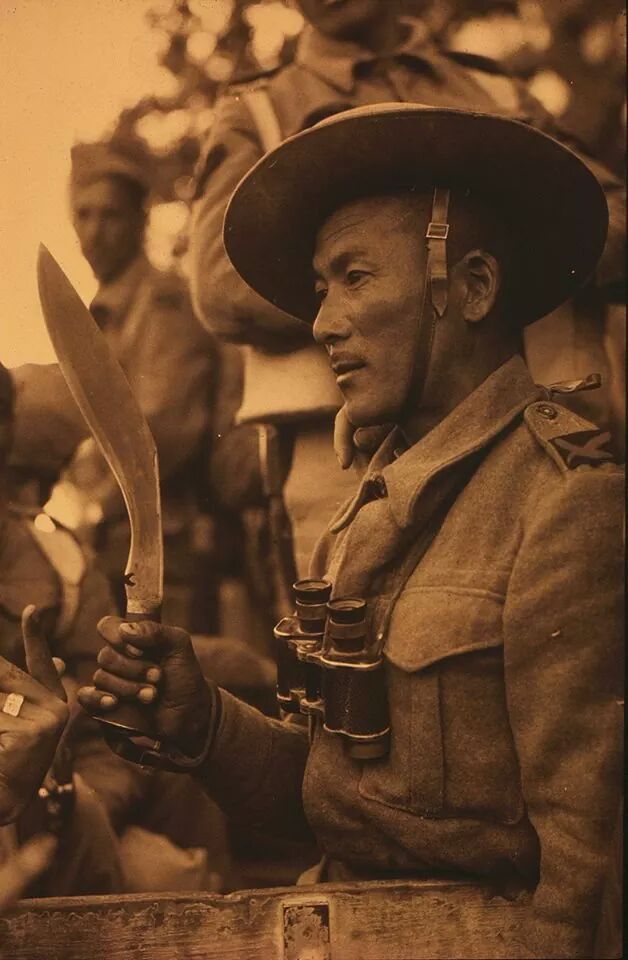
The Gurkha Motto
The Gurkha motto is ‘Kathar hunnu bhanda marnu ramro’ – It is better to die than to be a coward.
The History of the Famous Gurkha Hats
By the end of the Second World War, the famous wide brimmed felt hat was being worn by all ranks in most Gurkha Regiments. However, it wasn’t always the case and it evolved to this over the course of a hundred and fifty years. The Gurkha Museum has an interesting article on the history of the Gurkha hats:
Decorated Gurkhas
The Victoria Cross is the highest award in the British Army for gallantry when facing the enemy. Since 1856 the Brigade of Gurkhas has received 26 Victoria Crosses. Of these, 13 have been awarded to British officers and 13 to Nepalese Gurkhas. Each Victoria Cross won has its own unique story of courage and devotion. Recipients of the VC can be found here.
-
“Gurkhas NavyAndArmyIllustrated1896” by The Navy and Army Illustrated, July 24th, 1896
-
(Photos, history and words supplied by the Gurkha Museum, based in Winchester.)

